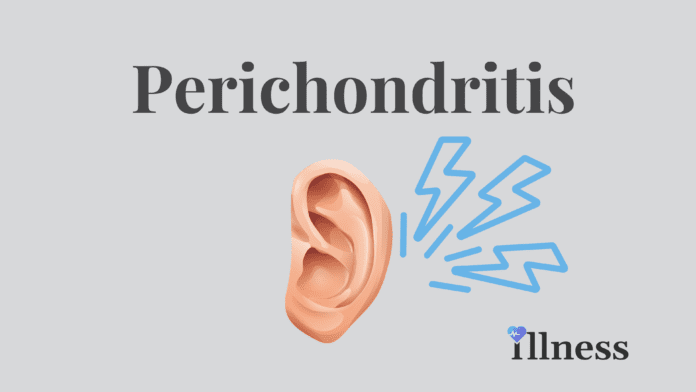Overview Of Perichondritis
Perichondritis is an infection of the skin and tissue surrounding the cartilage of the outer ear.
Causes Of Perichondritis
Cartilage is the thick tissue that creates the shape of the nose and the outer ear. All cartilage has a thin layer of tissue around it called the perichondrium. This covering helps provide nutrients to the cartilage.
The most common type of bacteria that causes perichondritis infection is Pseudomonas aeruginosa.
Perichondritis is usually caused by an injury to the ear due to:
- Ear surgery
- Ear piercing (especially piercing of the cartilage)
- Contact sports
- Trauma to the side of the head
- Ear piercing through the cartilage is probably the major risk factor today. Surgery, burns, and acupuncture also increase the risk of infection.
Perichondritis can lead to chondritis, which is an infection of the cartilage itself. This can cause severe damage to the ear structure.
Symptoms
A painful, swollen, red ear is the most common symptom of perichondritis. At first, the infection will look like a skin infection, but it quickly worsens and involves the perichondrium.
The redness usually surrounds an area of injury, such as a cut or scrape. There may also be fever. In more severe cases, fluid will drain from the wound.
Exams & Tests
Diagnosis is based on the medical history and examination of the ear. If there is a history of trauma to the ear and the ear is red and very tender, then perichondritis is diagnosed. There may be a change in the normal shape of the ear. The ear may look swollen.
Treatment Of Perichondritis
Treatment consists of antibiotics, either by mouth or directly into the bloodstream through an intravenous (IV) line. Antibiotics can be given for 10 days to several weeks. If there is a trapped collection of pus, you may need surgery. The surgery is done to drain this fluid and remove any dead skin and cartilage.



